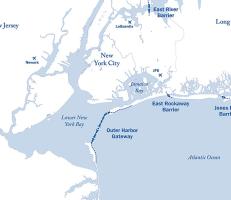 After the flooding caused by Superstorm Sandy in 2012, a proposal was developed to build storm surge barriers to protect New York City and nearby municipalities. Given the rising sea levels and increasingly violent storms associated with climate change, many argue that this storm barriers are an absolute necessity to prevent more devastating flooding in the immediate future.
After the flooding caused by Superstorm Sandy in 2012, a proposal was developed to build storm surge barriers to protect New York City and nearby municipalities. Given the rising sea levels and increasingly violent storms associated with climate change, many argue that this storm barriers are an absolute necessity to prevent more devastating flooding in the immediate future.
The U.S. Army Corps of Engineers is now considering six different plans involving massive in-water barriers and/or land-based floodwalls, dunes and levees intended to “manage the risk of coastal storm damage” to New York Harbor and the Hudson Valley.
On the other hand, a number of environmentalists argue that the storm surge barriers as designed would effectively threaten the very existence of the Hudson as a living river.

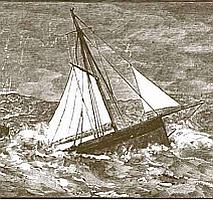 Here is another old favorite, a companion repost to yesterday’s repost of
Here is another old favorite, a companion repost to yesterday’s repost of  I am traveling this week, so it seems like a good time to repost an old blog favorite, the remarkable story of the unsinkable Hugh Williams.
I am traveling this week, so it seems like a good time to repost an old blog favorite, the remarkable story of the unsinkable Hugh Williams. On the resort beaches of the Yucatan Peninsula masses of stinking
On the resort beaches of the Yucatan Peninsula masses of stinking 


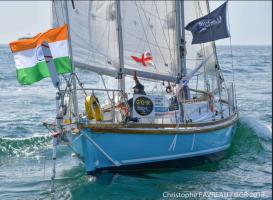 Ocean racing seems to have been taken over by boats made entirely of carbon fiber, costing slightly more than their weight in gold, as well being as festooned with foils, articulating keels and every high-tech whiz-bang device that millions of dollars can buy. There is something very appealing to the idea of reverting back to a simpler time with simpler boats and gear.
Ocean racing seems to have been taken over by boats made entirely of carbon fiber, costing slightly more than their weight in gold, as well being as festooned with foils, articulating keels and every high-tech whiz-bang device that millions of dollars can buy. There is something very appealing to the idea of reverting back to a simpler time with simpler boats and gear. 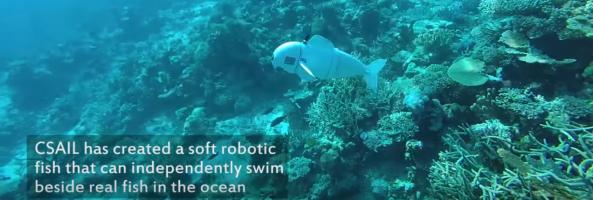 Researchers at MIT’s
Researchers at MIT’s 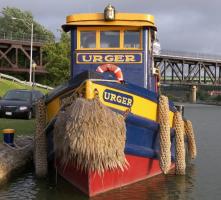 The New York State Canal Corporation’s website still refers to the tug Urger as the “
The New York State Canal Corporation’s website still refers to the tug Urger as the “ The State of New Jersey has opened the bidding on a
The State of New Jersey has opened the bidding on a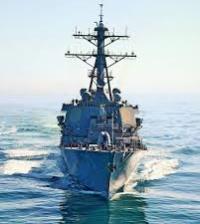 A Chinese destroyer came perilously close to the US destroyer
A Chinese destroyer came perilously close to the US destroyer 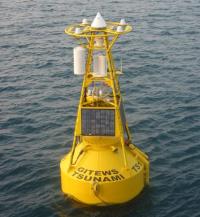 After the devastating 2004 Indian Ocean tsunami that killed nearly a quarter of a million people, the United States, Germany, and Malaysia donated an advanced tsunami warning system to Indonesia. When the city of Palu on the island of Sulawesi, Indonesia was hit by tsunami waves of up to 6 meters following the magnitude 7.5 earthquake on Friday,
After the devastating 2004 Indian Ocean tsunami that killed nearly a quarter of a million people, the United States, Germany, and Malaysia donated an advanced tsunami warning system to Indonesia. When the city of Palu on the island of Sulawesi, Indonesia was hit by tsunami waves of up to 6 meters following the magnitude 7.5 earthquake on Friday, 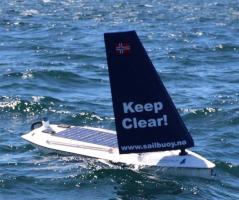 Recent reports in the media have announced that the 2-meter long robot sailboat,
Recent reports in the media have announced that the 2-meter long robot sailboat, 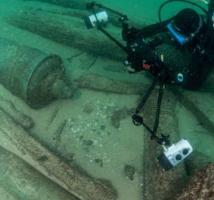
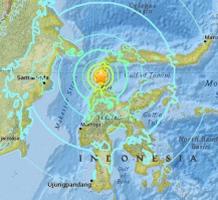 A 7.5 magnitude earthquake triggered
A 7.5 magnitude earthquake triggered  If you are kayaking and happen to get slapped in the face by a flying octopus hurled by a seal, don’t take it personally. Its probably not about you.
If you are kayaking and happen to get slapped in the face by a flying octopus hurled by a seal, don’t take it personally. Its probably not about you.